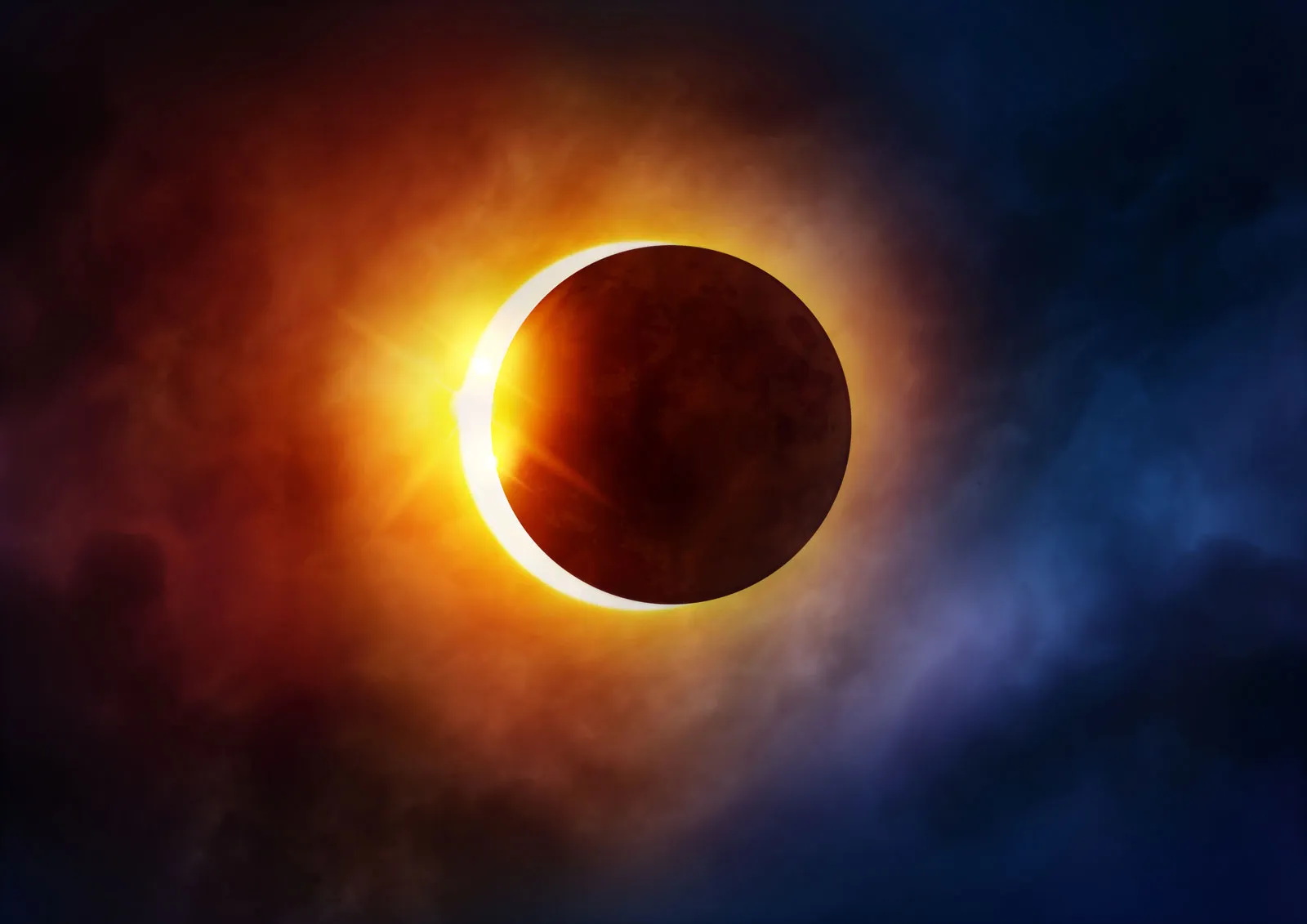On April 12, 2024, Earth experienced an extraordinary geomagnetic phenomenon: a G5-level storm, the most intense category on the geomagnetic storm scale. This event, which followed lesser but still significant G4 and G3 conditions earlier in the day, has been attributed to a series of Coronal Mass Ejections (CMEs) propelled towards Earth by solar flares from a vast sunspot cluster known as NOAA Region 3664.

1. The Science Behind Geomagnetic Storms Geomagnetic storms are disruptions in Earth’s magnetic field caused by solar wind—streams of charged particles from the Sun—that interact with our planet’s magnetosphere. These storms originate from two primary solar activities: CMEs and solar flares. When these charged particles collide with Earth’s magnetic field, they can cause significant fluctuations and disturbances.
2. Potential Impacts on Modern Technology The current G5 geomagnetic storm poses several risks to our technology-reliant society, including:
- Power Grid Vulnerabilities: Induced currents can overload transformers, risking widespread outages.
- Communication Disruptions: Satellite, GPS, and radio communications may face interference, affecting navigation and data transmission.
- Auroral Displays: The storm may also bring the awe-inspiring aurora to regions typically devoid of such natural spectacles, contingent on weather conditions.
3. Historical Context and Comparisons This G5 event is reminiscent of the Halloween Storms of 2003 and even the legendary 1859 Carrington Event, both of which had profound technological and infrastructural consequences. Such historical precedents underscore the importance of vigilance and preparedness during these natural occurrences.
4. Monitoring and Forecasting for Safety Continuous monitoring of solar activity is crucial for predicting geomagnetic storms and mitigating their impacts. Scientists employ a variety of instruments to track CMEs and solar flares, providing essential data for accurate forecasting.
5. The Importance of Staying Informed As the geomagnetic storm persists, staying updated on the latest developments is vital for both authorities and the public to minimize potential risks and ensure safety.
This detailed examination of the G5 geomagnetic storm highlights the intricate relationship between Earth and the Sun, and the profound effects solar activity can have on our planet. As we continue to advance technologically, understanding and preparing for such cosmic events becomes increasingly crucial.
